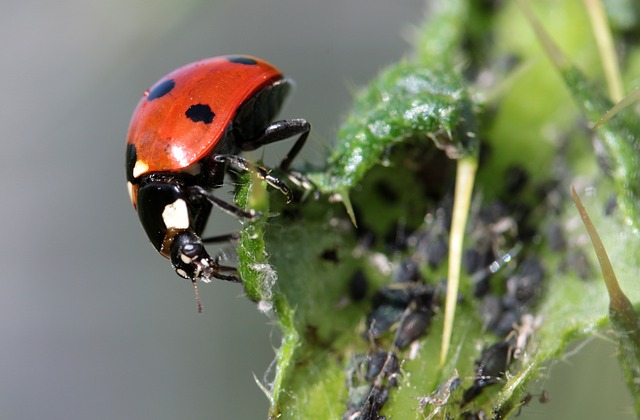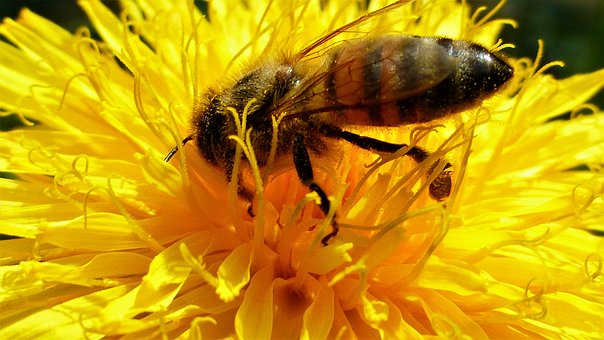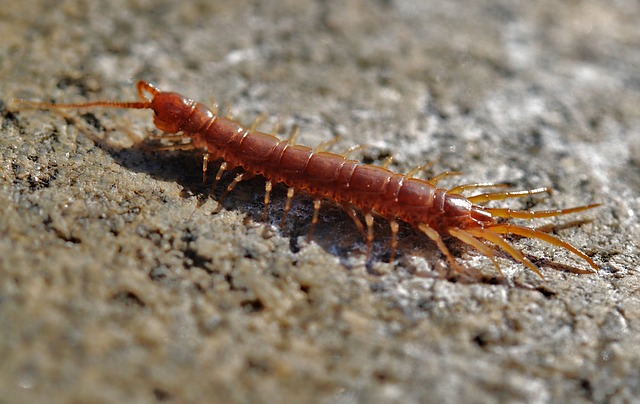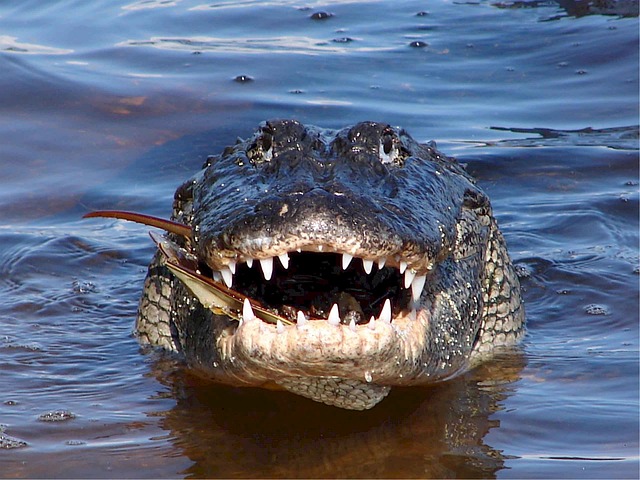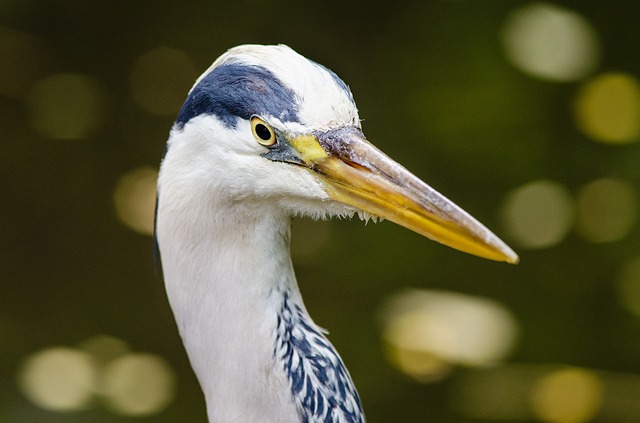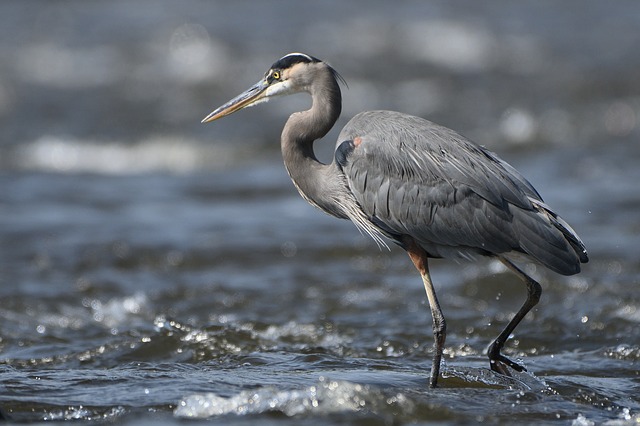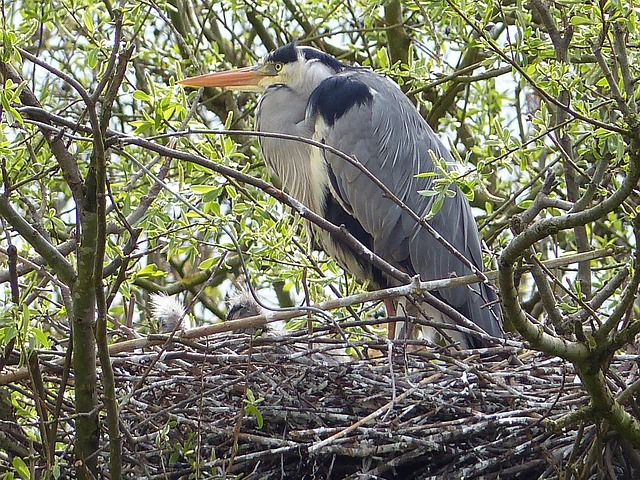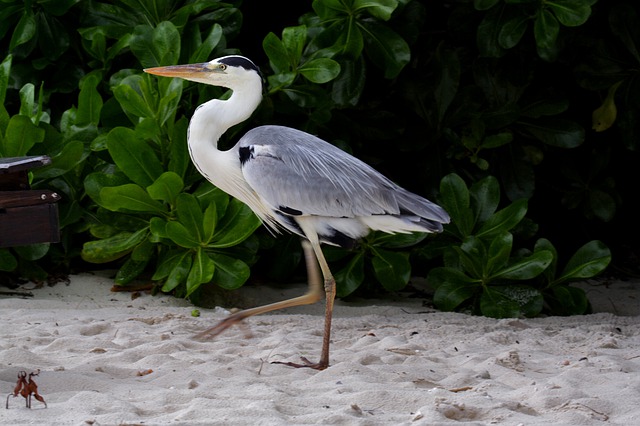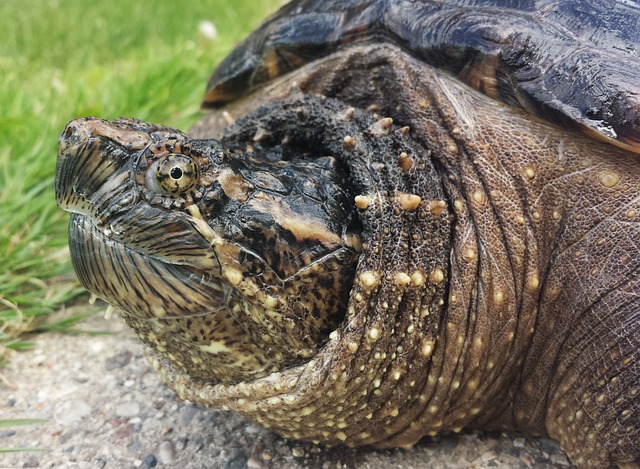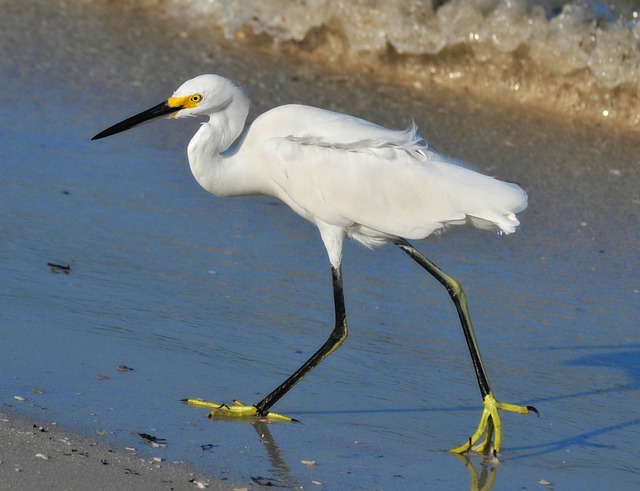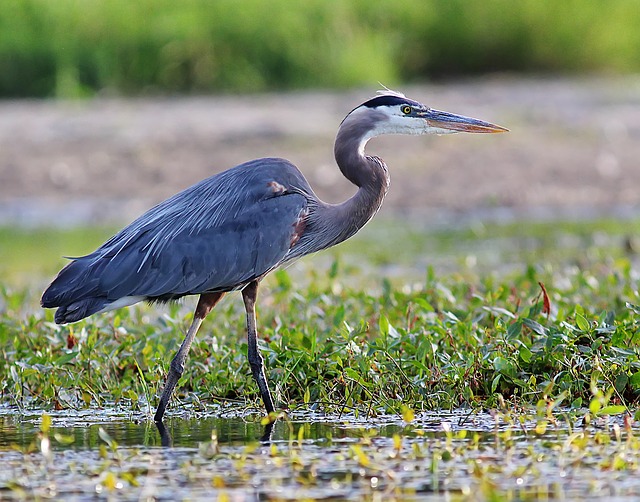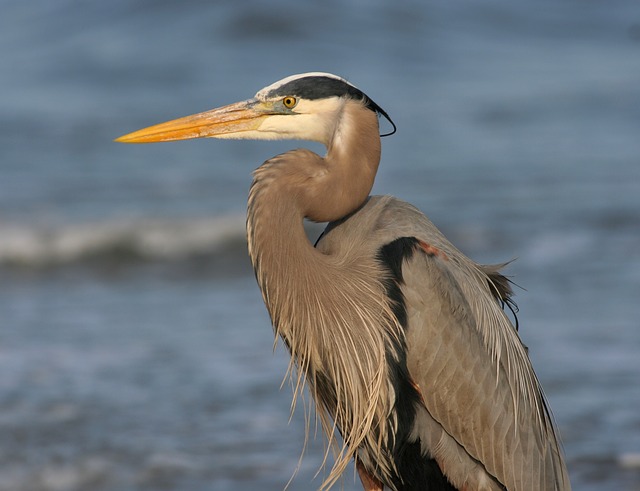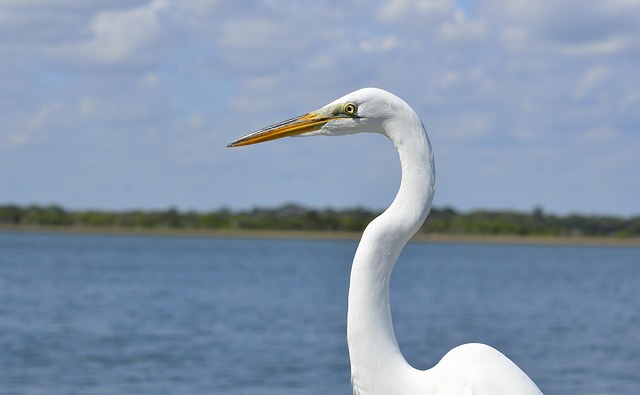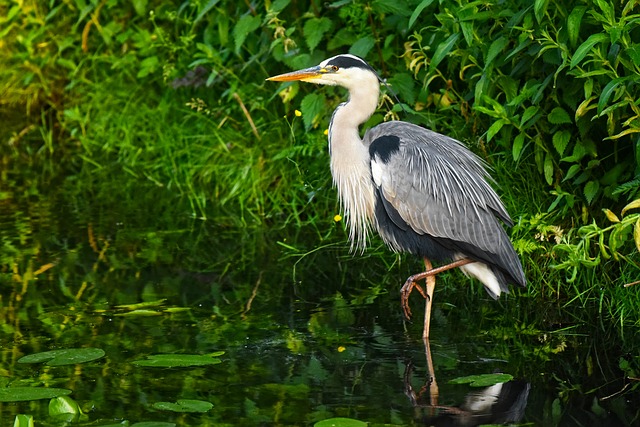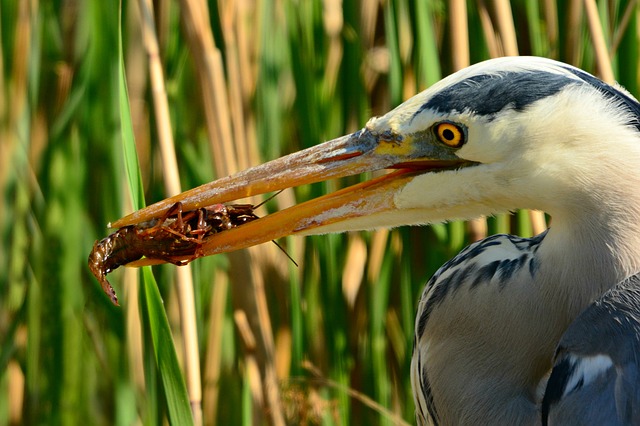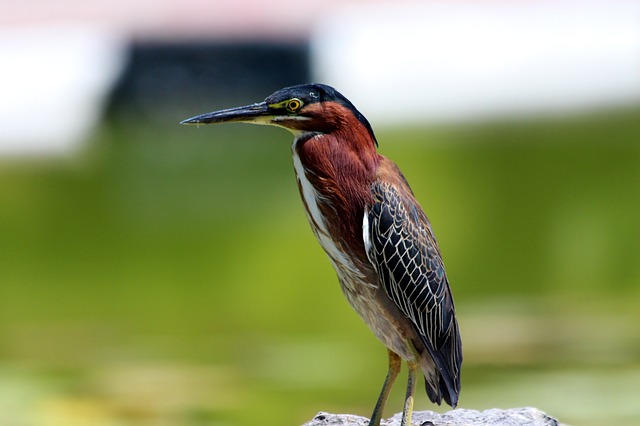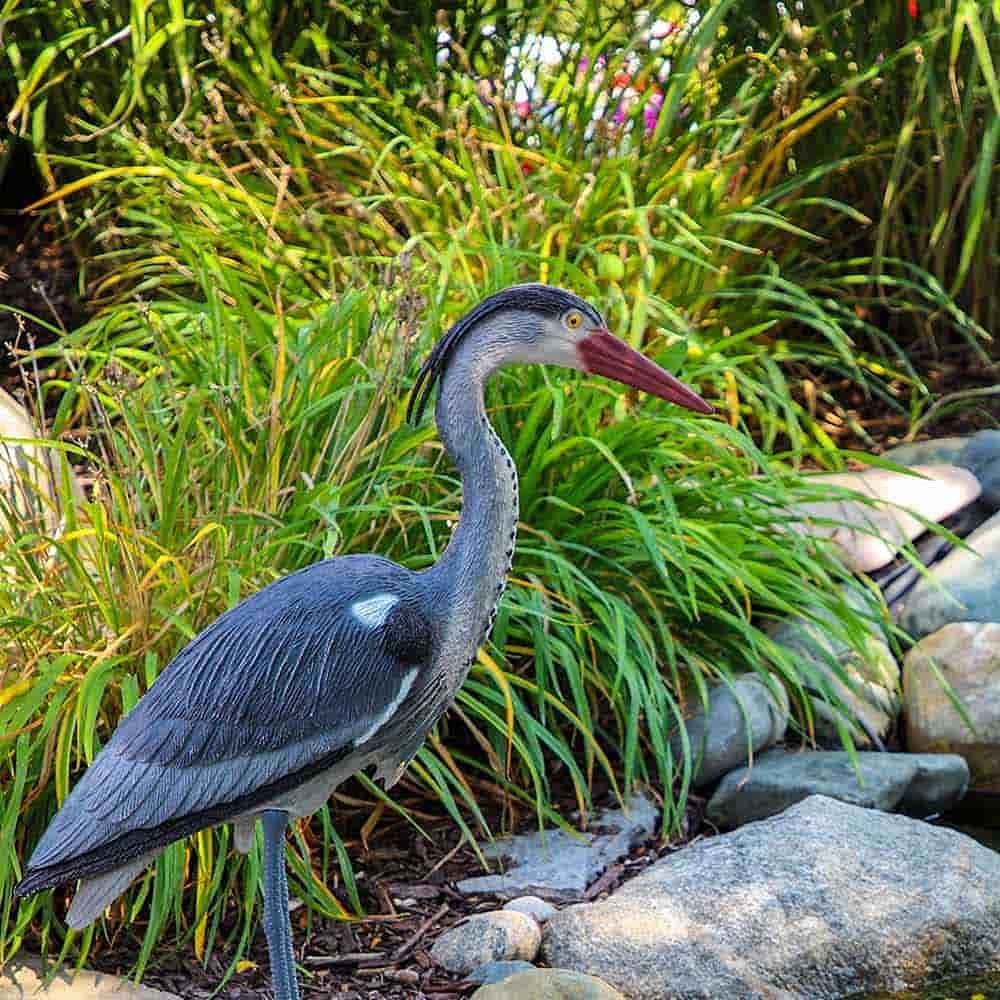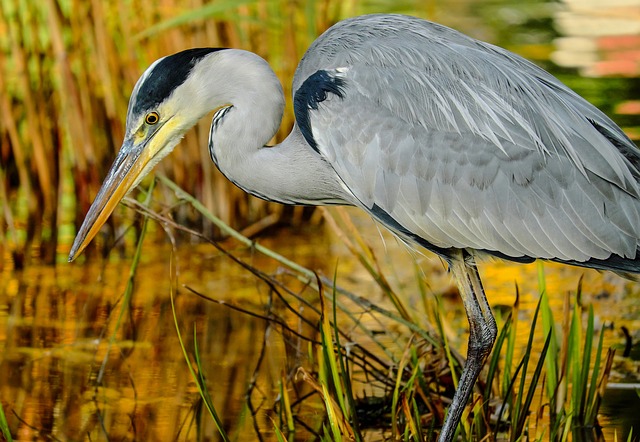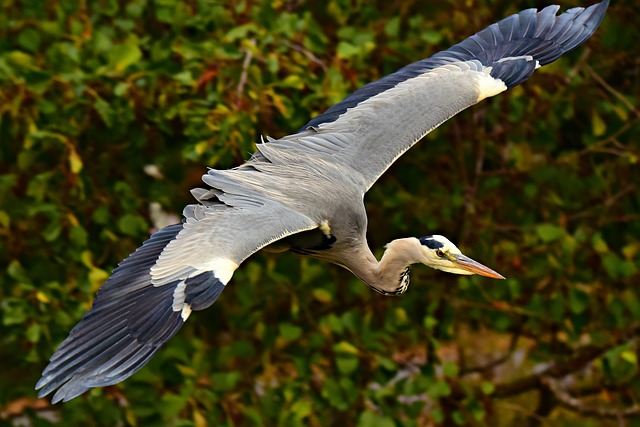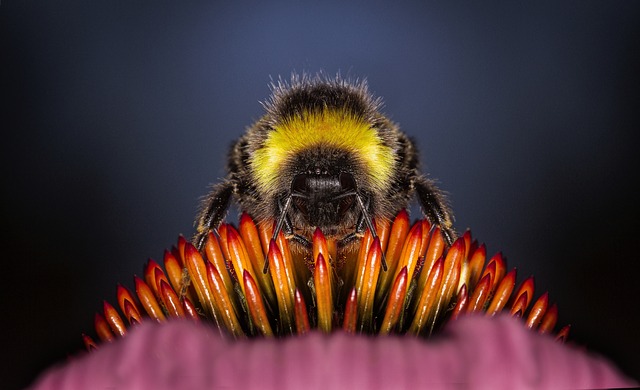
There are many animals that we consider to be pests. However, many of them actually perform critical tasks and help to control the populations of much more devastating species. The following beneficial insects and creatures are ones you’ll want to keep around.
Ladybugs
These are easily one of the most recognizable of all the backyard creatures on this list. Typically they are red or even yellow with black spots. Most people don’t realize that ladybugs are actually predators.
They prefer to eat aphids which can cause serious damage to gardens, trees, and crops. In fact, a single ladybug can eat thousands of aphids during its two to three-year lifespan. They also prey on other harmful garden insects such as red spider mites, mealybugs, and scale insects.
While they can often be found naturally many people actually purchase and release them. By adding these beneficial garden bugs to your yard or garden you can help to control the population of harmful insects without the use of chemical sprays.
Bees
The fact that bees can sting automatically makes most people think of them as backyard pests. Their reputation has also been tainted by the infamous Africanized bee. However, as long as you give them the proper respect, bees will rarely sting other than in self-defense of themselves or their hive.
Bumblebees and honeybees are two species that are not typically aggressive and are also fabulous pollinators. They can help a huge number of plants and flowers to reproduce. Honeybees also produce honey and beeswax that can be collected if you have the right beekeeping setup.
An interesting and helpful trait of bumblebees is that they will actually stay active and keep pollinating in weather which would keep honeybees in their hive. So be sure to think twice about grabbing a can of bug spray when you see these garden-friendly insects buzzing around.
Hoverfly Larvae
Adult hoverflies eat both pollen and nectar. They get their name from the fact that they can hover while doing so. Their larvae on the other hand eat aphids. And a single one will usually eat hundreds before it moves into the next stage of its development.
Lacewing Larvae
Lacewings are known for their intricate wings that look similar in appearance to lace. Similar to hoverflies, lacewings are beneficial garden insects that feed on pollen and nectar. And they also produce larvae that will help to rid your garden of aphids and other tiny insects.
Centipedes
Undoubtedly centipedes are one of the backyard critters that most people despise for their creepy looks. They have long segmented bodies and many legs. However, by allowing centipedes to inhabit your garden or yard these predators will help to get rid of a wide range of pests. Silverfish, roaches, bedbugs, moths, spiders, and more are all on their menu.
Flowerbugs
These are common garden insects UK residents will surely recognize as will those in many European countries. Flowerbugs eat small insects including red spider mites, aphids, and suckers. They are helpful insects in the garden but also for controlling pests on fruit trees.
Toads And Frogs
Both toads and frogs consume a large variety of insects. They also eat slugs along with a range of other smaller-sized pests. If you have a backyard pond it may attract them. While frogs need to stay in the water toads do not. But they both will use it to breed.
Shrews
These are one type of rodent that you may have in the yard and not even know it. That’s because they’re usually nocturnal. Shrews are not nearly as invasive as mice or rats and you’re much less likely to have a problem with them trying to get into your home.
You can tell them apart by their pointy snouts. Despite their small size shrews are voracious eaters. In fact, they need to keep eating to survive. If they don’t they may starve to death in a matter of hours. This can help to a dent in the local slug, insect, and spider population.
As you’ve just learned not all animals which are normally considered to be pests actually are. So the next time you encounter these beneficial garden insects and creatures be sure to leave them be. By doing so you’ll be helping your yard in the long run.
Start Shopping for Garden Pest Deterrents!
Alligator Pictures
The American alligator is a large predatory reptile that inhabits the southeastern United States. It’s a fascinating animal with many interesting things about it. And we’ve collected some of the best alligator pictures to help show you just how amazing they are....
How Long Do Great Blue Herons Live?
The life expectancy of birds is known to be closely related to their size. So as the biggest heron species in North America, how long do great blue herons live? The average life expectancy for these large birds is around fifteen years. However, surviving their first...
Where Do Great Blue Herons Live?
The great blue heron is considered to be the most widespread heron in North America. So exactly where do great blue herons live? Here’s what you’ll want to know. Great Blue Heron Range The great blue heron is found throughout most of the North American continent. In...
Where Do Great Blue Herons Nest?
While many of us have seen great blue herons their nesting habits often remain a mystery to most people. That’s because they purposely nest in hard-to-reach places. So where do great blue herons nest? Here’s the answer. A Colony Nester Typically great blue herons nest...
Do Great Blue Herons Migrate?
Do great blue herons migrate? This is something many people wonder about, especially if they’ve seen a heron during the cold winter months. And the answer is both yes and no. Here’s what you’ll want to know. Great Blue Heron Range The great blue heron has a large...
Great Blue Heron Pictures
Few species of birds are as tall, elegant, and attractive as the great blue heron. So we’ve compiled some of the best great blue heron pictures for you to admire and help you to learn more about this amazing bird! Great Blue Heron Head The head of the great blue heron...
What Do Snapping Turtles Eat?
Many people are familiar with the fact that snapping turtles have an incredibly strong bite. They use their strong jaws and sharp beak not just for defense but also for catching food. So what do snapping turtles eat? Here's what you'll want to know. Snapping turtles...
Birds That Look Like Egrets
Egrets are predatory birds that hunt and live in a range of both freshwater and saltwater habitats. These birds are usually white, and have S-shaped necks, long legs, and dagger-like beaks. However, they are often mistaken for several other types of birds that look...
Birds That Look Like Storks
Storks are large wading birds with robust bills and long legs. These tall carnivorous birds are well-known for their wide wingspans and also for building huge nests. However, they are often confused with several other bird types that have a similar appearance. So...
Birds That Look Like Herons
Herons are tall birds with long slender legs and necks. And they often wade in the water when hunting for food. Yet there are several other types of birds that may be mistaken for them. To make things more confusing many of these birds also spend time in the water and...
Great Blue Heron Facts
The great blue heron is named for its size and the grey-blue color on its wings, stomach, and back. This species has many fascinating things about it. So here are the top great blue heron facts. It's The Largest North American Heron The great blue heron is a big bird...
Are There White Herons?
Are there white herons? This is something many people wonder especially after seeing a tall all-white bird. The answer is yes! And here’s a fast introduction to them. A White Color Morph Most people are familiar with the great blue heron, a large predatory and...
Great White Heron Facts
While many people are familiar with the great blue heron, they are often surprised to find out that there’s also a great white heron. There are many things you’ll want to know about this stunning bird. So here are the top great white heron facts. The Great White Heron...
What Animals Eat Herons?
Because of their size and long sharp beaks, it can be hard to imagine that herons have any natural predators. While they do, they definitely don’t have nearly as many predators as most other types of birds. So what animals eat herons? Predators Of Adult Herons For...
What Do Herons Eat?
Great blue herons are often seen slowly wading in shallow water hunting for food. You may have even spotted one of these large birds in your own backyard pond. This leaves many people wondering: “What do great blue herons eat?” And here’s everything you’ll need to...
What Do Green Herons Eat?
The green heron is a secretive and small heron species. What it lacks in size however it makes up for in intelligence. It is particularly well-known for how it uses its smarts when hunting for food. So what do green herons eat? Read on to find out. Meet The Green...
How Does A Heron Catch Fish?
The great blue heron is well-known for its looks but also its fish-catching abilities. Whether in the wild or someone’s backyard pond these large birds are master hunters. So how does a heron catch fish? Here’s what you’ll want to know. Built For Success While herons...
The Complete Great Blue Heron Decoy Guide
Buy on Amazon A hungry heron can easily make a meal out of expensive pond fish. One of the most effective methods for protecting your pond from these smart birds is with a great blue heron decoy. Here is your complete guide to them, with all the info and tips you’ll...
How To Keep Blue Herons Out Of Your Pond
Great blue herons are one of the biggest problems that pond owners face. These birds are not only smart but can easily catch and swallow large numbers of surprisingly big pond fish. Therefore you’ll need to know how to keep blue herons out of your pond in order to...
How To Deter Herons From Your Pond
Herons are designed by Mother Nature to hunt fish. And unfortunately for pond owners, they often find pond fish to be an easy meal. So in order to protect your fish, you will want to know how to deter herons from your pond. Alligator Decoys Alligators are natural...
